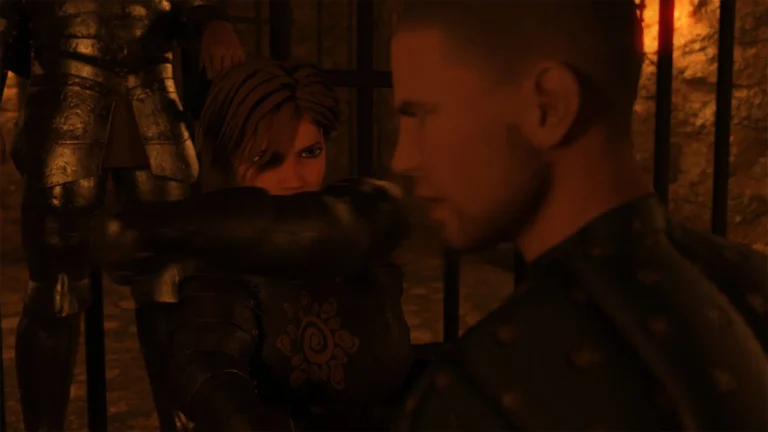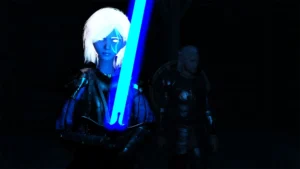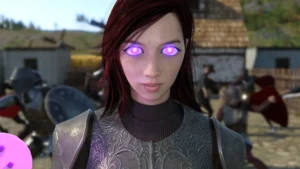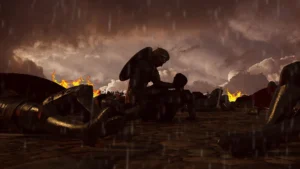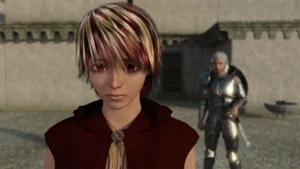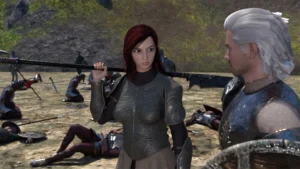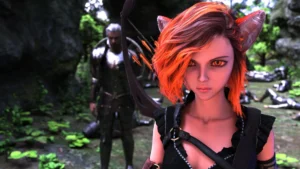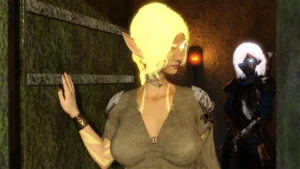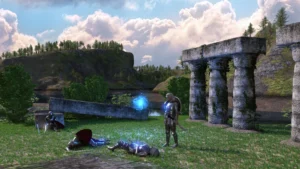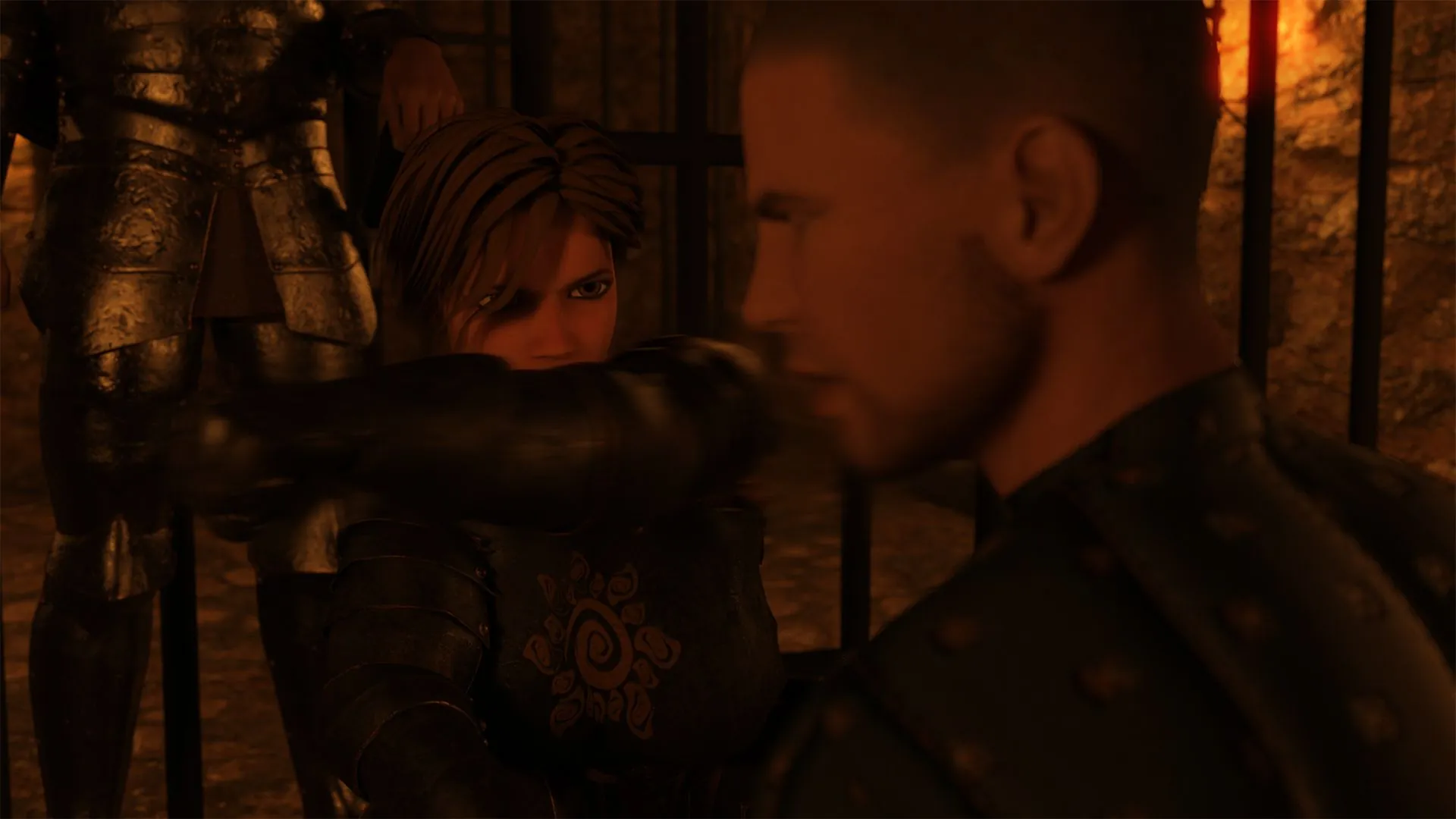
Play After the Inferno
After the Inferno review
Explore the story, gameplay, and unique features of After the Inferno
After the Inferno is a captivating visual novel game that blends medieval fantasy with rich storytelling and character-driven drama. Centered around Devran, a royal knight caught between war, love, and loyalty, the game offers players an immersive experience filled with strategic choices and emotional depth. Whether you’re curious about the plot, gameplay, or the unique adult-themed narrative, this article will guide you through everything you need to know about After the Inferno.
Unpacking the Story and Characters of After the Inferno
Let’s be honest—most video game stories are about saving the world from some vague, world-ending threat. 😴 But what if the battle wasn’t against a dark lord, but against the turmoil inside your own heart? ❤️🔥 That’s the powerful question at the core of After the Inferno, a visual novel that trades epic fantasy for intimate, human drama. The After the Inferno story is a masterclass in personal stakes, and it all revolves around one man: a weary royal knight named Devran.
If you’re tired of stories where the good guys always win and the hero never doubts himself, you’re in for a treat. This isn’t that kind of tale. It’s a gritty, emotional, and beautifully written medieval visual novel plot that had me pausing just to process my feelings. I remember one late-night play session where a particular character’s confession felt so real, so raw, that I had to put my controller down and just sit with it for a moment. That’s the kind of emotional engagement we’re talking about here.
### Who is Devran? The Protagonist’s Journey
So, who is the man at the center of this storm? 🛡️ The Devran character is introduced to us not as a triumphant hero, but as a profoundly tired one. He’s the commander of the royal army, a man who has just led his kingdom to a costly victory in a brutal war. Instead of celebration, he returns home burdened by the weight of command, the loss of his soldiers, and a deep, personal exhaustion.
His journey is the antithesis of a typical power fantasy. This isn’t about getting stronger; it’s about learning how to be vulnerable again. The war is over, but his battle is just beginning. He must navigate the fragile political landscape of a recovering kingdom, manage the expectations of a grateful yet demanding queen, and, most importantly, confront the relationships he left behind. The After the Inferno narrative analysis of his character reveals a man constantly torn between his duty and his desire for a simpler, quieter life.
What makes the Devran character so compelling is his humanity. He makes mistakes. He says the wrong thing. He’s gruff and guarded, but you can feel the compassion and weariness simmering beneath the surface. Playing as Devran feels less like controlling a video game avatar and more like gently guiding a friend through the hardest period of his life. His is a story of redemption, not in the eyes of the kingdom, but in his own.
### Key Supporting Characters and Their Roles
A great protagonist is nothing without a stellar cast around him, and the After the Inferno characters are some of the most well-written I’ve encountered in the genre. They aren’t just plot devices; they feel like real people with their own ambitions, fears, and histories that intersect with Devran’s in meaningful ways.
The two most pivotal figures are undoubtedly Emmy and Kira. 🎀⚔️
-
Emmy represents the life Devran might have had—a gentle, kind soul from his past who offers a vision of peace and domestic normalcy. Reconnecting with her forces Devran to confront what he sacrificed for his duty and whether that life is still within his reach.
-
Kira, on the other hand, is a mirror to his present. A fierce and capable fellow warrior, she understands the trauma of battle in a way Emmy never can. Their relationship is built on mutual respect and shared experience, but it’s also complicated by rank, duty, and unspoken emotions.
Your choices in how Devran interacts with these two women, and the larger cast, don’t just lead to different endings; they fundamentally change the tone and emotional resolution of his journey. It’s a brilliant system that makes every dialogue choice feel weighty.
To help keep everyone straight, here’s a quick overview of the main players:
| Character | Role | Relationship to Devran |
|---|---|---|
| Devran | Royal Knight & Army Commander | Protagonist |
| Emmy | Childhood Friend & Local Baker | A symbol of peace and a past life |
| Kira | Captain of the Guard | Fellow soldier and trusted confidante |
| Queen Valeria | Ruler of the Kingdom | His sovereign, who places immense trust in him |
| Lord Theron | Nobleman & Political Advisor | A political rival skeptical of Devran’s influence |
### Themes of War, Love, and Loyalty in the Narrative
The true genius of this war and love story game is how it intertwines its core concepts. The After the Inferno themes aren’t separate threads; they’re a tightly woven tapestry where one cannot exist without the others. 🧵
War is never glorified. It’s a ghost that haunts every character, especially Devran. We see its cost not in ruined castles, but in his nightmares, his hesitation, and the empty chairs at the tavern where soldiers used to laugh. The game asks: What is the true price of victory? And how do you live with the bill?
This is where Love enters the picture, in all its forms. Romantic love with Emmy or Kira offers a path to healing. Brotherly love and loyalty to his soldiers drive his sense of responsibility. Love for his kingdom and queen forces him into difficult political choices. The game posits that love is both the antidote to war’s poison and the very thing that makes the fighting so painful.
And binding it all together is Loyalty. 🤝 This is the central conflict of the After the Inferno story. Is Devran loyal to his queen? To the memory of his fallen men? To his own heart? The game constantly forces you to choose, and there is rarely a “correct” answer. A choice that demonstrates loyalty to one character might be seen as a betrayal by another. This creates an fantastically complex medieval visual novel plot where you’re always balancing your duty against your desires.
My Tip: Don’t try to game the system on your first playthrough. Go with your gut. Which relationship feels most important to you? That’s where the most authentic and emotional story will unfold.
This delicate balance is what makes the After the Inferno narrative analysis so rich. It’s a story that understands that the hardest battles aren’t fought on a field, but in the quiet moments after, when you have to choose what—and who—you’re fighting for. If you’re looking for a deep, character-driven experience that will stick with you long after the credits roll, you owe it to yourself to dive into this world.
After the Inferno stands out as a richly crafted visual novel that combines a gripping medieval storyline with deep character development and immersive gameplay. Its focus on the emotional and strategic challenges faced by Devran and his companions offers players a unique experience that goes beyond typical visual novels. Whether you enjoy intricate plots or character-driven narratives, this game delivers on both fronts. Dive into After the Inferno to explore its world and see how your choices shape the fate of its characters.
